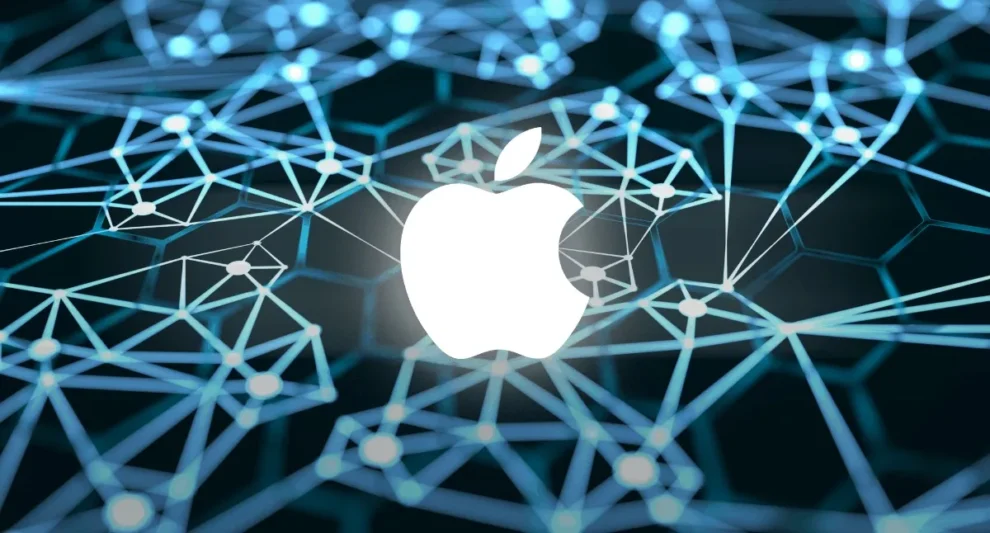Apple is on the brink of transforming how we use our iPhones with the introduction of its groundbreaking ‘Ferret-UI’ AI model, potentially altering our interaction with mobile technology significantly. This new development, anticipated to be part of the iOS 18 update at WWDC 2024, is set to bring a suite of advanced AI features to iPhone users, enhancing the device’s functionality and user experience.
Apple’s AI breakthrough, detailed in a research paper titled “LLM in a Flash: Efficient Large Language Model Inference with Limited Memory,” introduces a novel method for running large language models (LLMs) on iPhones and iPads. This technique leverages flash memory, common in mobile devices, for efficient LLM operation, sidestepping the limitations of DRAM with its higher capacity and lower power consumption. By optimizing data transfer from flash memory to DRAM and introducing strategies like windowing, row-column bundling, sparsity exploitation, and memory management, Apple aims to significantly speed up the process, achieving a 4-5x and 20-25x increase in speed on CPU and GPU, respectively.
Imagine Ferret-UI acting as an intelligent screen reader for visually impaired users. Instead of basic descriptions, it could provide in-depth summaries of app interfaces and the actions available – a major accessibility leap. Similarly, the AI could efficiently analyze a screen’s content, list actions you could take, or even predict your next desired step in a process.
Ferret-UI could also be highly beneficial for app developers. They could use the model to rigorously test their app’s usability before releasing it to the public, ensuring a seamless user experience. While the full range of potential applications remains to be explored, Ferret-UI holds vast promise.
What stands out about Apple’s approach is not just the technical innovation but also the potential user benefits. Enhanced AI capabilities promise to improve language processing, voice assistant sophistication, and even 3D avatar interactions, all while bolstering user privacy and reducing internet bandwidth needs. This leap forward means AI features can be accessed and used more efficiently, ensuring a smoother and more integrated user experience. However, this innovation does not come without challenges, including the technical complexities of implementing the new system and the ethical considerations surrounding more powerful AI applications on personal devices.
As Apple gears up to introduce these features, anticipation builds around the tangible changes we might see in our daily interactions with iPhones. This move could mark a significant milestone in mobile technology, setting new standards for what smartphones can achieve with AI integration.

























Add Comment